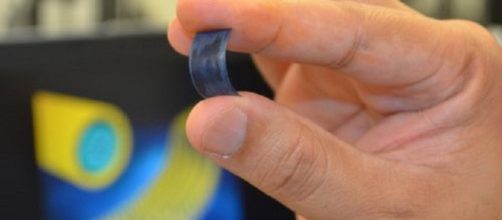A team of scientists has designed a novel process for developing improved capacitors that are able to store greater amounts of energy and be recharged for up to 3,000 times without getting worn out. The innovative development from the University of Central Florida could be utilized in technologies, ranging from Cellular phones, laptops and Electric vehicles, and others. For comparison - if a super capacitor were to replace the battery of a cell phone, it would provide it power within a few seconds, which could last for almost a week.
Improved storage capacity
Scientists have been developing ideas for the use of nanomaterials that are intended to improve the capabilities of capacitors to store energy with the intention to replace the batteries of varied electronic devices. It has been a hard taken enterprise, as a battery that can hold more storage capacity, as that of a lithium-ion battery, has to be much larger. Despite the developments to create a small but efficient capacitor, the intents have had limited outcomes.
Thin flexible supercapacitor
The newly developed technique integrated existing materials with two-dimensional materials. The supercapacitors are made of millions of wires coated with shells of two-dimensional materials at the nanometer scale.
An efficiently conductive core enables fast electron transfer from quick charging and discharging. A homogeneously coated shell of two-dimensional materials produce high energy and power densities.
Supercapacitor can be recharged thousands of times
The newly developed supercapacitor possesses the capability of being recharged for more than 30,000 times before it begins to degrade. Unlike a lithium-ion battery which can be recharged for less than 1,500 times, a supercapacitor with two-dimensional materials exceeds that capacity by more than 20 times. Although the supercapacitor is not available for commercialization, it promises to be of a tremendous impact for portable electronic technologies.
Supercapacitors are suitable to be utilized in wearables, such as wrist watches and other electronic devices and electric vehicles could take advantage of it's speed and power performance.

